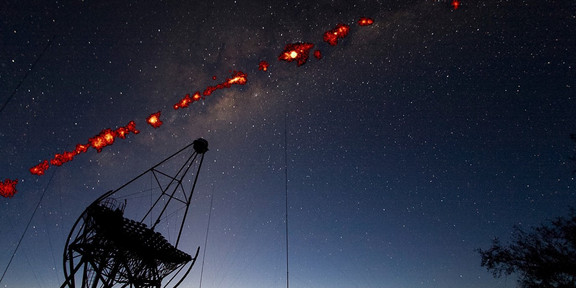Exploring the High-Energy Sky with the H.E.S.S. Telescopes in Namibia: A 20-year journey
- Colloquium

Exploring the High-Energy Sky with the H.E.S.S. Telescopes in Namibia: A 20-year journey
Over the last two decades, very high energy (VHE) gamma ray astronomy - astronomy at photon energies 1000 billion times higher than the energies of visible light - has developed in giant steps. Gamma rays of these energies cannot be produced as thermal radiation of hot stars, but are created in interactions or decays of high energy cosmic particles. Gamma rays therefore provide a different and novel view of the Universe – they trace populations of energetic particles and enable the cosmic particle accelerators to be imaged and studied. Gamma-ray emitting particle accelerators are found to be ubiquitous in the Galaxy and beyond. Systems of imaging atmospheric Cherenkov telescopes (IACTs) such as the H.E.S.S. telescopes in Namibia – the only such instrument in the southern hemisphere – have played a key role in advancing this branch of astronomy. The presentation will cover the motivation driving these developments, introduce the technique, then discuss key discoveries, and conclude with an outlook towards the Cherenkov Telescope Array CTA.










